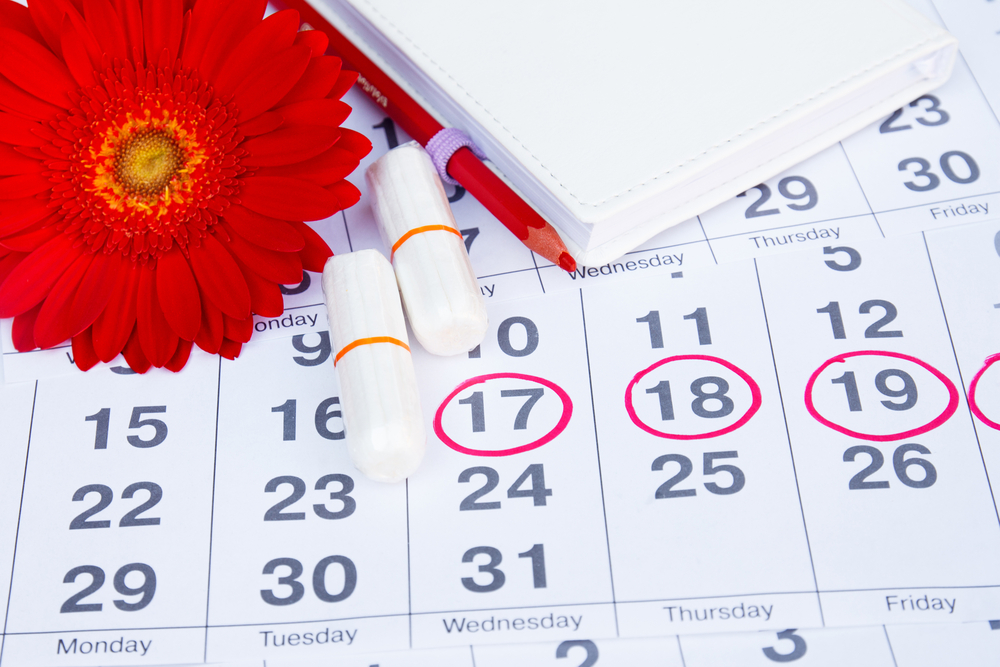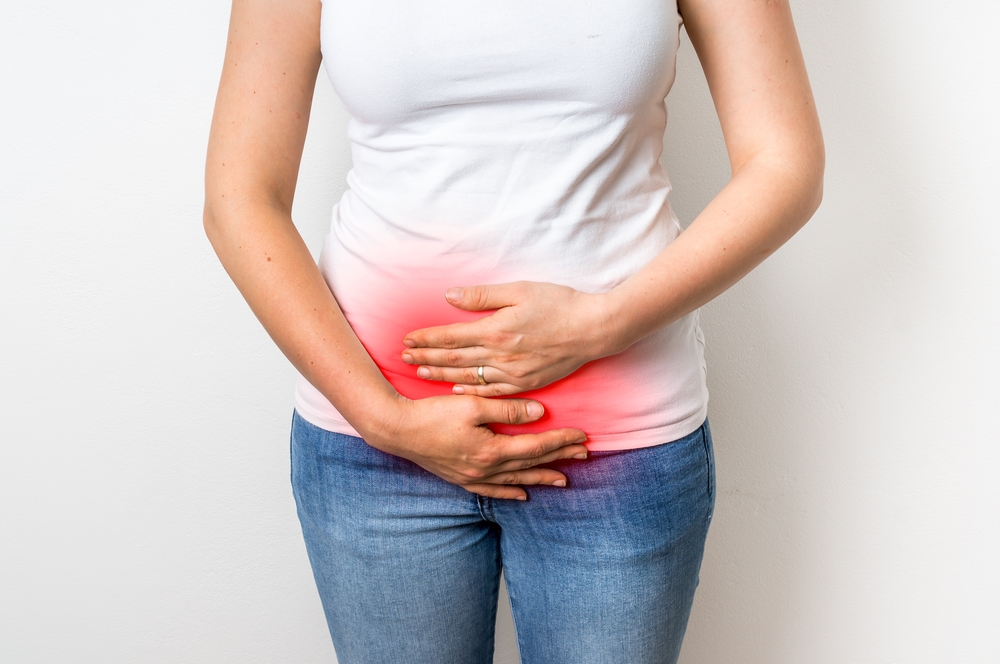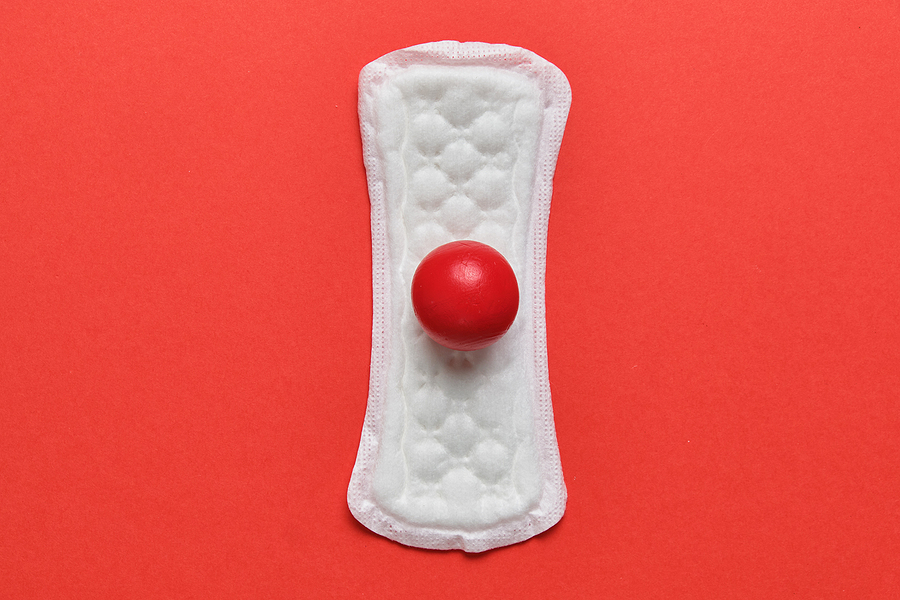From puberty until menopause, a woman’s biochemistry waxes and wanes to her own unique monthly rhythm, known as the menstrual cycle. The word menstruation is derived from the Latin word menses, which means month. Regular menstruation is a sign that the body is producing appropriate levels of hormones in a balanced fashion according to a rhythm established over millennia as optimal for human reproduction.
Each monthly period results from a sequential conversation between your brain; your adrenal, pituitary and thyroid glands; and your ovaries. This conversation tells your body to release an egg, which is then either fertilized and implanted in the uterus (conception) or shed in your menstrual flow along with the lining of the uterus. The sequence is orchestrated by a cascade of reproductive hormones, but the main actors are estrogen and progesterone.
Women generally begin menstruating between the ages of 11 and 13. This first period is called menarche. Most of us will have more than 500 periods during our so-called childbearing years — the time frame between menarche and menopause (defined by the point in time when a woman has gone for 12 consecutive months without having a period). When menopause will occur varies for the individual, but the average age is 51. And just as there are gradual changes leading up to menarche, menopause is preceded by a gradual transition phase called perimenopause. Perimenopause is a premenopausal condition often characterized by irregular cycles, sometimes with heavy bleeding or skipped periods (amenorrhea), that can begin as early as the mid- to late-30’s.
One thing we’ve learned over the years is that no woman’s menstrual cycle is exactly like another’s. While some sail through periods without much thought, others suffer with abdominal cramps (dysmenorrhea), excessive bleeding (menorrhagia), moodiness, and more. The range of symptoms that correspond with monthly cycles are sometimes called premenstrual syndrome, or PMS, and this time of the month can be extremely difficult to get through for many women.
Oftentimes symptoms of PMS and PMDD (premenstrual dysphoric disorder, an extreme form of PMS) are the result of an underlying hormonal imbalance. And the good news is there are many natural solutions. No matter what their age, women have questions about their periods and PMS. And we’ve spent years talking to women about solutions for nurturing healthy menstrual cycles. We hope you’ll find the answers you’re looking for.







